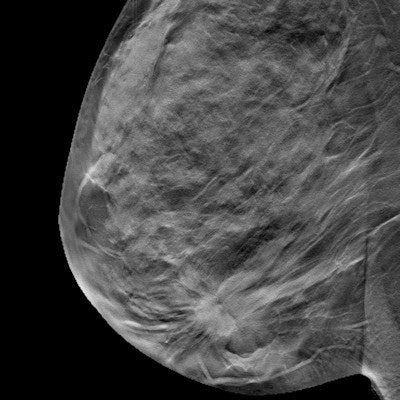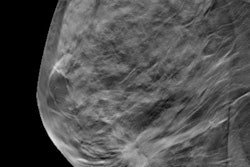
Although short breaks didn't improve accuracy during reporting sessions for digital breast tomosynthesis (DBT), they did significantly reduce reader fatigue, suggest findings from the U.K. published August 17 in European Radiology.
Researchers led by George Partridge from the University of Nottingham found that implementing a break during a two-hour DBT reporting session led to an 11% decrease in subjective fatigue among breast imagers. However, there was no difference in diagnostic accuracy between those who took breaks and those who did not.
"Recognizing that reporting breaks are required when reading large volumes of DBT studies ensures this can be factored in when setting up reading sessions," Partridge and colleagues wrote.
While DBT is increasingly used in breast cancer screening and may help improve cancer detection, this means higher imaging volumes for breast radiologists to interpret. This, in turn, may inadvertently contribute to burnout, with reader fatigue having negative consequences in patient care.
In their prospective study, Partridge and colleagues wanted to investigate potential changes in diagnostic accuracy, as well as subjective and objective fatigue by breast imagers over a DBT reporting session when breaks were implemented.
The team included 45 National Health Service (NHS) mammography readers from six hospitals who read a cancer-enriched set of 40 DBT cases. The readers had an average of 10 years of post-training breast experience and took an average of 105.8 minutes to report all cases. Of the study population, 21 readers had a reporting break that averaged 7.6 minutes while the remaining 24 did not. The readers also completed subjective fatigue questionnaires before and after the reporting session.
The team also used eye-tracking metrics, such as blink duration and eye-opening velocity to measure objective fatigue.
The researchers found that readers without a break reported greater levels of subjective fatigue, as well as higher average blink duration and slower eye-opening velocity.
| Comparison in fatigue metrics between break and no-break groups | |||
| No break | Break | p-value | |
| Reported subjective fatigue | 44%3 | 33% | 0.04 |
| Average blink duration | 296 ms | 286 ms | < 0.001 |
| Eye-opening velocity | 76 mm/s | 82 mm/s | < 0.001 |
The team also reported that objective fatigue increased as the study progressed for only the cohort that took no breaks (p < 0.001). However, the researchers found no difference in diagnostic accuracy between the break and no-break groups, with accuracies of 87% in both (p = 0.92).
Given the experience of the readers, the study authors wrote that their results suggest that experienced radiologists are more resistant to the negative impacts of fatigue. They added that a higher threshold of fatigue is needed to potentially uncover a meaningful reduction in diagnostic accuracy for these readers.
"Information from these studies can help to inform clinical guidelines and standards on the optimal length of time or number of cases per reading session before onset of fatigue," the authors wrote.
The study can be found in its entirety here.




















